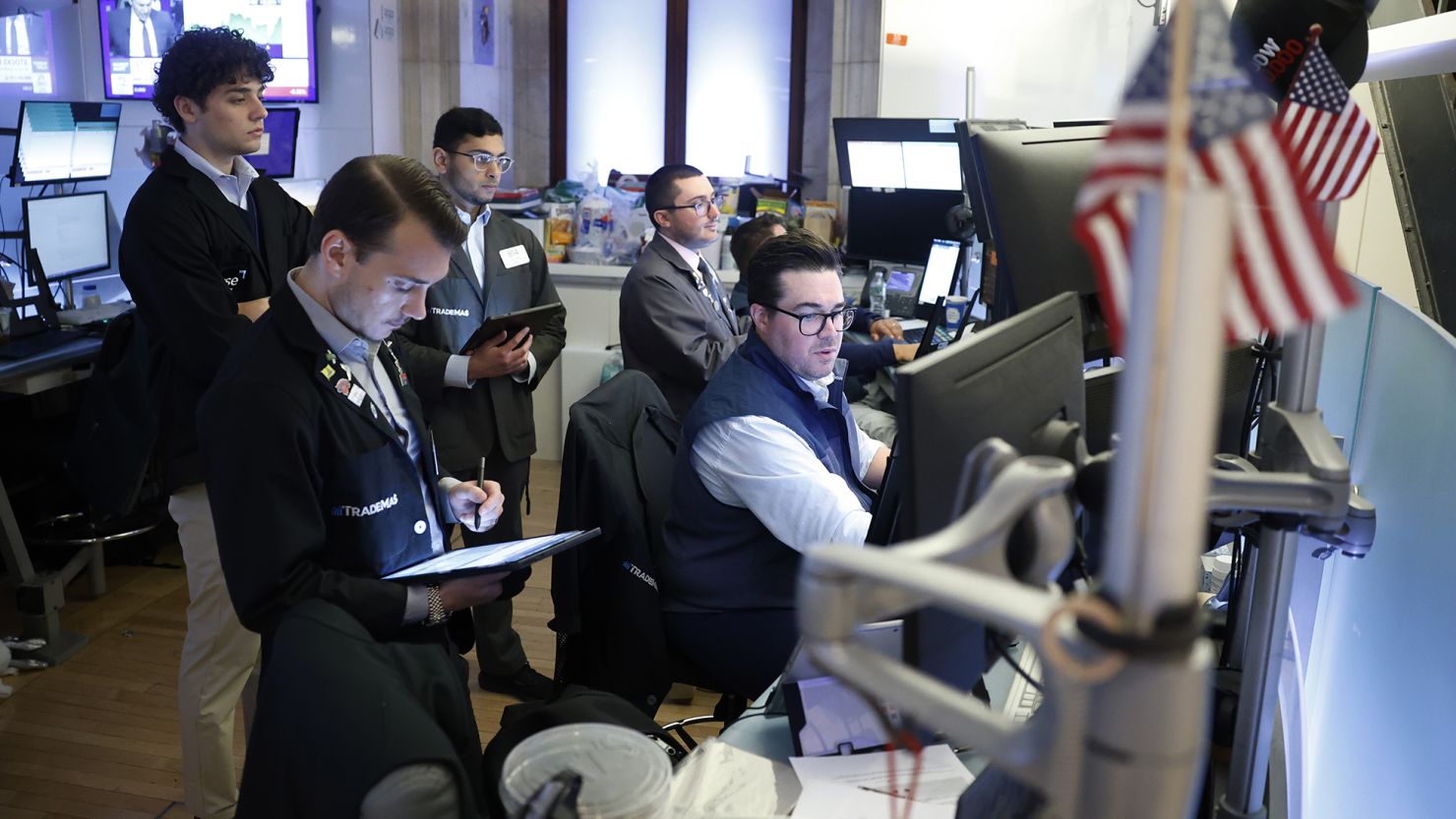
Wafricnews - June 12, 2025
In what might seem like a routine event on paper, the U.S. government’s upcoming $22 billion 30-year bond auction has become a litmus test for the credibility of former President Donald Trump’s ambitious fiscal agenda—and the world is watching closely.
As America prepares to sell off billions in long-term government debt this week, global investors are asking the uncomfortable question: Is the U.S. still the safe bet it once was?
At the center of this financial drama is the return of Trump-era economic thinking, anchored by the so-called “One Big, Beautiful Bill Act,” which promises sweeping tax reforms, deregulation, and trade policy shakeups. Yet behind the bold slogans lies a ballooning federal deficit, mounting inflationary pressure, and a debt outlook that has started to rattle the most risk-averse corners of the financial system.
“The U.S. fiscal position has long been questioned, but now markets are no longer ignoring it,” said John Canavan, lead U.S. analyst at Oxford Economics.
Yields on 30-year U.S. Treasury bonds have surged in recent months, signaling that investors are demanding higher returns to justify the growing risks of holding long-term American debt. If demand falters during Thursday’s auction, borrowing costs could spike—not just for the government, but for everyday Americans, as credit cards, car loans, and mortgages often follow Treasury yields.
A Fragile Confidence in American Leadership
Foreign investors, once reliable buyers of U.S. debt, are increasingly hesitant. Trade tensions, tariff threats, and an unpredictable policy environment have chipped away at the image of the U.S. as a dependable financial safe haven. In May, credit rating agency Moody’s downgraded the U.S., stripping it of its final perfect credit score. The move was a stark warning that even the most powerful economies are not immune to recklessness.
“Trump’s tariffs could fuel inflation while dampening growth,” Canavan warned. “That’s not a recipe for confidence.”
While shorter-term U.S. bonds, such as 10-year Treasuries, continue to see healthy demand, longer-term instruments like the 30-year bond are being met with caution. Investors are wary of what lies ahead—not just in terms of policy, but in the sustainability of America's debt trajectory.
Wall Street’s Quiet Anxiety
Financial institutions are adjusting accordingly. Pimco, one of the world’s largest fixed-income investors, has already shifted its strategy, favoring mid-term bonds while going “underweight” on longer durations.
“If Thursday’s auction goes poorly, expect yields to rise sharply—and market nerves to fray,” warned Collin Martin, a strategist at Charles Schwab.
And that anxiety is already being felt beyond the bond market. Stocks dipped Thursday morning, while the U.S. dollar fell to its lowest level since 2022. The interconnectedness of fiscal credibility and global investor sentiment is becoming harder to ignore.
Global Ripples from Washington’s Choices
As major economies in Africa, Asia, and Latin America remain exposed to shifts in the U.S. dollar and global lending conditions, America’s debt management strategy carries consequences far beyond its borders. Rising U.S. yields could tighten global credit, disrupt trade flows, and make external financing more expensive for developing nations.
In a world still recovering from pandemic shocks, inflation surges, and supply chain disruptions, the economic decisions made in Washington are more than domestic debate—they’re global events.
The $22 billion bond auction may be a technical financial moment on paper—but for Wall Street, for Washington, and for markets around the world, it’s a stress test with real-world consequences.
By Wafricnews Desk.
By Wafricnews Desk.


Comment
To post a comment, you have to login first
LoginNo Comments Yet...